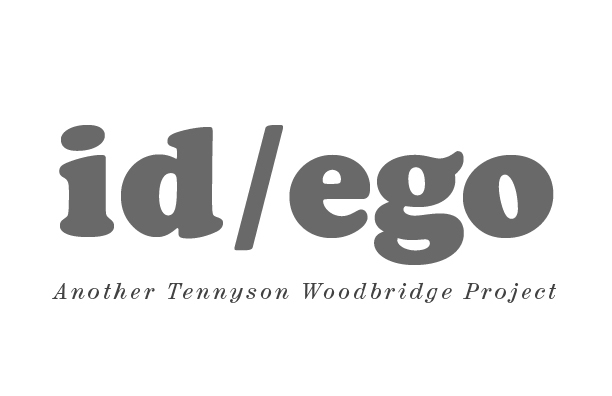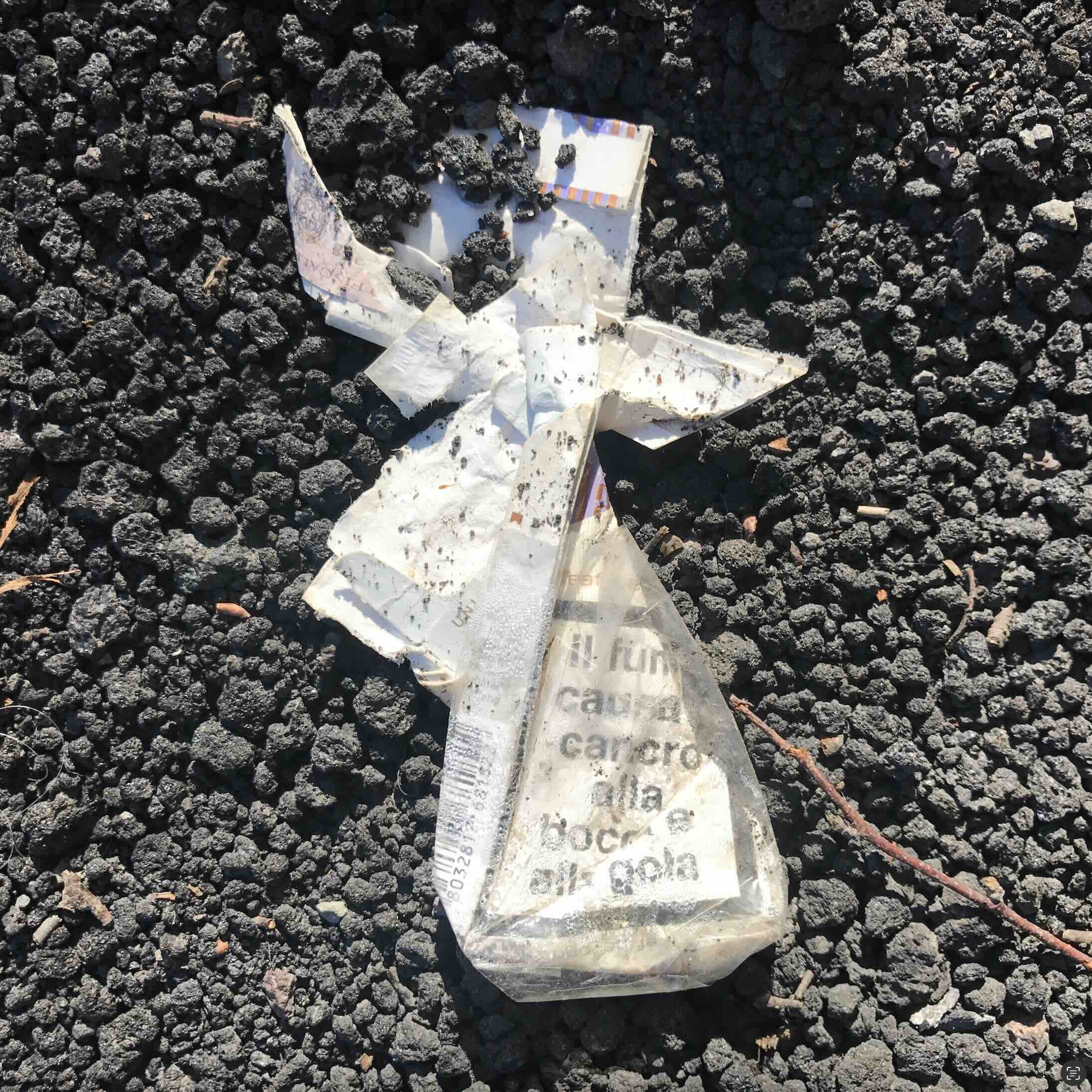His is the shock of being able to see into the future, seeing us gazing back at him and yet (frozen in tin) unable to engage.
We can look him over in a myriad of ways, even flip him over if we like, but M. Castleton cannot move, cannot even blink. We feel sorry for him. In a future near, our brains will be scanned in their entirety, all 100 billion neurons and 100 trillion connections, so that people in the further future (if we could recognize them as that), will be able to fully engage with our holographic avatar universe. In that sense, they will possess our "soul," our every thought and memory we one time held—yet without all the aches and pains, sunken dreams and sorrows. Our "soulmind," will operate perpetually in some petri dish, on a decorative computer chip in the bathroom by the foyer, or on a living room mantle like grandpa’s ashes—an endless tranquil think-tank, a digital universe—caught in our own uniquely familiar, infinite gaze.
This is what we see in the eyes of M. Castleton’s tin. Our children’s children will have children, and their children will feel sorry for us, up there above the mantle and caught suspended as we are, no longer evolving in perpetuity, as will be their custom. Soon enough in the future our avatar universe will not lie merely static, but will continue to flourish with thought and idea—in essence, will continue to “grow” mentally, forever after our corporeal existence has (or maybe hasn’t) passed.
This is what we’ll see in the eyes of M. Castleton’s tin. These are the nebulous thoughts he’ll hurdle forth through time and space. His perpetual deer-in-the-headlights vogue, as he once queried into a primitive soul-catching device, a camera contraption, an early memory gatherer. M. Castleton will be grasping, in one timeless moment, as the aperture dawned and a flash of light blasted, this unlikely if not unthinkable future was right there up in his grill—glaring him in the face.














